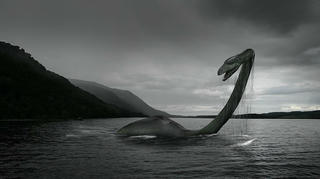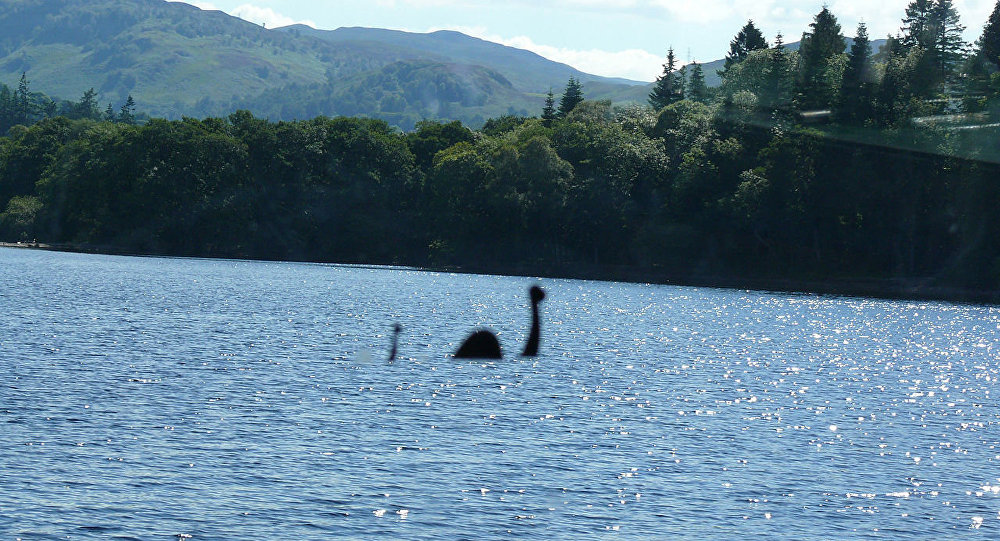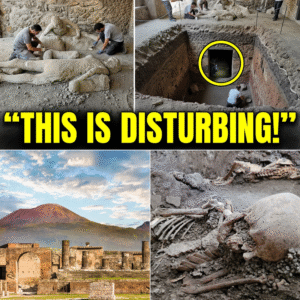SHOCKING Loch Ness Sonar Scan: Monster or Massive Eel Hoax? Captain’s “Discovery” EXPOSED – Science Says It’s All in Our Heads! Believers Rage: “Nessie’s Real, You’re Blind!” #NessieDebate
Loch Ness sonar captured a 100m-deep “beast” last year—captain swears it’s Nessie! But science screams hoax: eels, shadows, and brain tricks. Why do 200+ sightings yearly fool us? From plesiosaur dreams to acoustic mirages, Loch Ness hides no dinosaur—yet believers clash with skeptics. Is it geology’s curse or our craving for magic? Dive in, decide for yourself.
It started with a blip. In July 2024, veteran boat captain Rory MacLeod, 62, was scanning the inky depths of Scotland’s Loch Ness when his sonar pinged a 30-foot anomaly at 100 meters—deeper than the North Sea in spots. “That’s no fish,” he declared on TikTok, video racking 42 million views. “Nessie’s alive!” The image—elongated, humped, serpentine—went viral. #Nessie2024 trended globally. Tourists flooded the loch, £41 million pumped into the local economy overnight. But here’s what MacLeod doesn’t know: that “monster” is Loch Ness itself—a 400-million-year-old geological scar that turns science into spectacle and skeptics into villains.
Nestled in the Great Glen Fault, Loch Ness is a tectonic wound. Twenty-three miles long, 755 feet deep (some say 812 in “Nessie’s Lair”), its peat-black water drops visibility to four inches. Unlike most lakes that “flip” twice yearly—mixing warm surface with cold depths—Loch Ness’s thermocline locks layers year-round. Oxygen stays stable; life thrives even at crushing pressures. “It’s a liquid time capsule,” says marine biologist Dr. Neil Gemmell, who led the 2019 eDNA survey. Theoretically, a relic species trapped post-Ice Age could survive. Enter the plesiosaur theory: long neck, four flippers, 8–40 feet—matches 1,100+ eyewitness accounts since 1933. “I saw a swan-necked hump in 1937,” recalls 94-year-old eyewitness Ena MacRae. “Like an upturned boat.”

But math kills the dream. A 3,000-pound plesiosaur needs 200 pounds of fish daily. Loch Ness’s biomass? Barely enough for one. Plesiosaurs were saltwater, air-breathing reptiles—freshwater would poison them via osmosis; 42°F chills would induce hypothermia. They’d surface every few hours in a loch with 2 million annual visitors, drone patrols, and live webcams. Zero breathing sightings. Ever.
So what did MacLeod’s sonar catch? Physics. Sound travels at different speeds through temperature layers, creating acoustic mirages. Steep underwater cliffs form a 23-mile echo chamber. In 1987’s Operation Deep Scan—24 boats, military sonar—detected “large moving objects.” Follow-up? Mutual interference. Boats pinging each other. Schools of Arctic char or ferox trout appear as single blobs. Gas bubbles from peat decay mimic motion. Tethered debris—lost cameras, fishing gear—floats like phantoms. “Sonar doesn’t lie,” says veteran hunter Adrian Shine. “But Loch Ness deceives it.”
The 2019 eDNA bombshell? No reptilian DNA. Zero plesiosaur. But eel DNA everywhere—massive quantities. “Giant eels?” Gemmell speculated. European eels grow to 6 feet; folklore claims 20. Yet ecosystem math fails again: no food for mega-eels. The DNA? Ordinary eels, plentiful but small.
Then there’s pareidolia—our brain’s pattern addiction. A bobbing log becomes a head; waves, humps; shadows, movement. “In clear lakes, you see reality,” says psychologist Dr. Chris French. “In Loch Ness, your brain fills voids with hope.” Add £1.2 billion in tourism since 1933, Nessie-themed whisky, plushies, and a Guinness-record vigil (Steve Feltham, 32 years lakeside), and belief becomes economy.

Believers rage. “Science can’t explain my 2018 sighting!” posts @NessieWitness (1.2M followers). “Hump, neck, gone in seconds!” Skeptics counter: “Boat wake + expectation = delusion.” X erupts: **”eDNA missed the monster—cover-up!”** vs. **”Grow up, it’s a tourist trap.”** MacLeod doubles down, launching £50 “Monster Hunts.” Shine sighs: “Loch Ness is extraordinary—not for what lives in it, but what it reveals about us.”
Tonight, webcams scan silent waters. A ripple. A blip. Another “sighting.” The loch doesn’t need a monster. It *is* the monster—geology, physics, psychology in perfect, profitable storm. Nessie lives not in the depths, but in our desperate need to believe the world still holds magic.
As MacLeod’s sonar image loops on BBC, one truth surfaces: the greatest mystery isn’t what’s down there. It’s why we *need* it to be something more.





